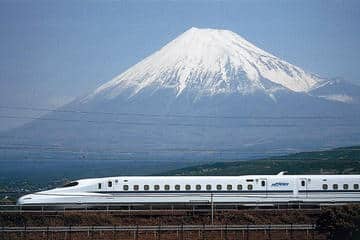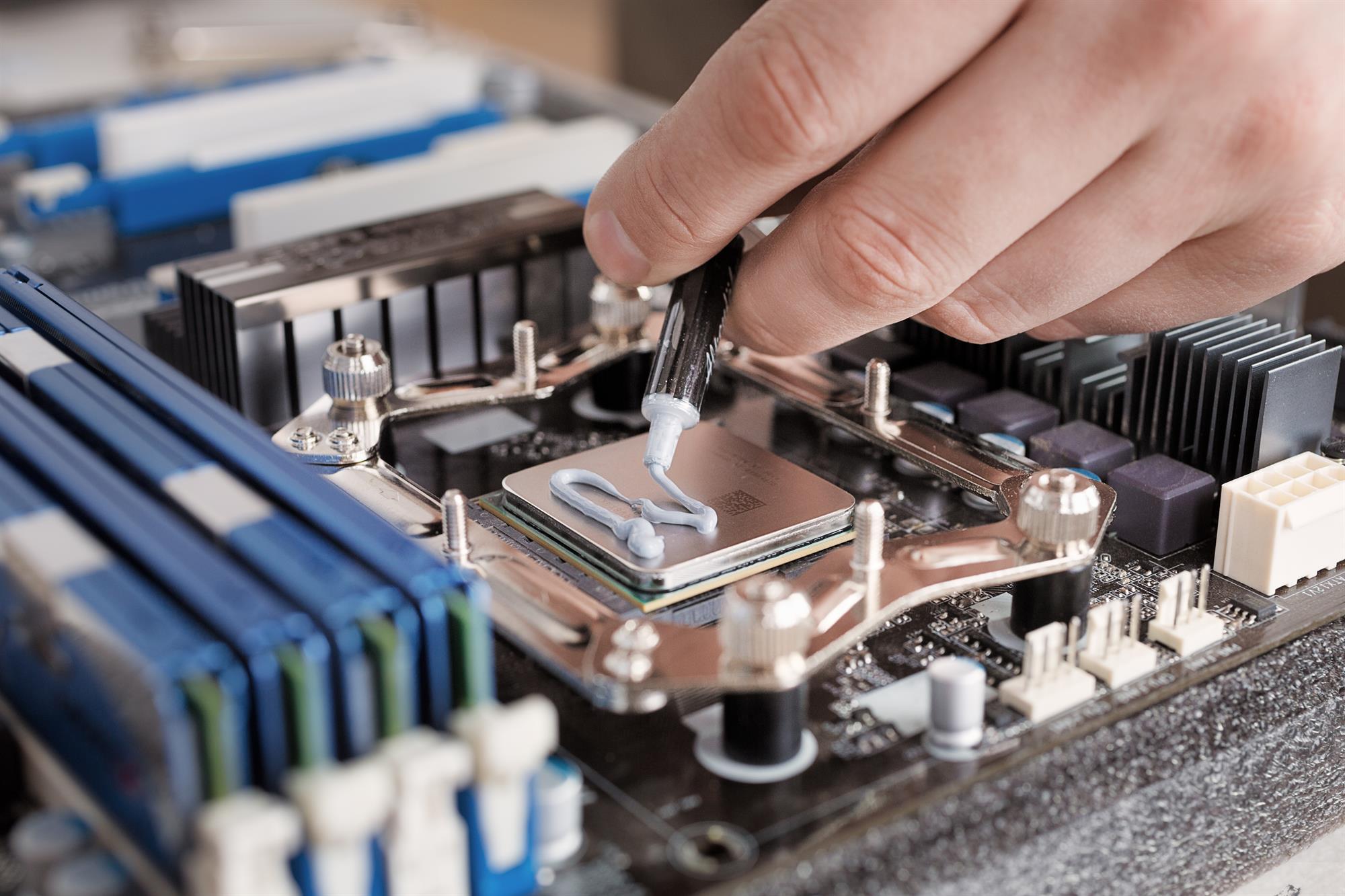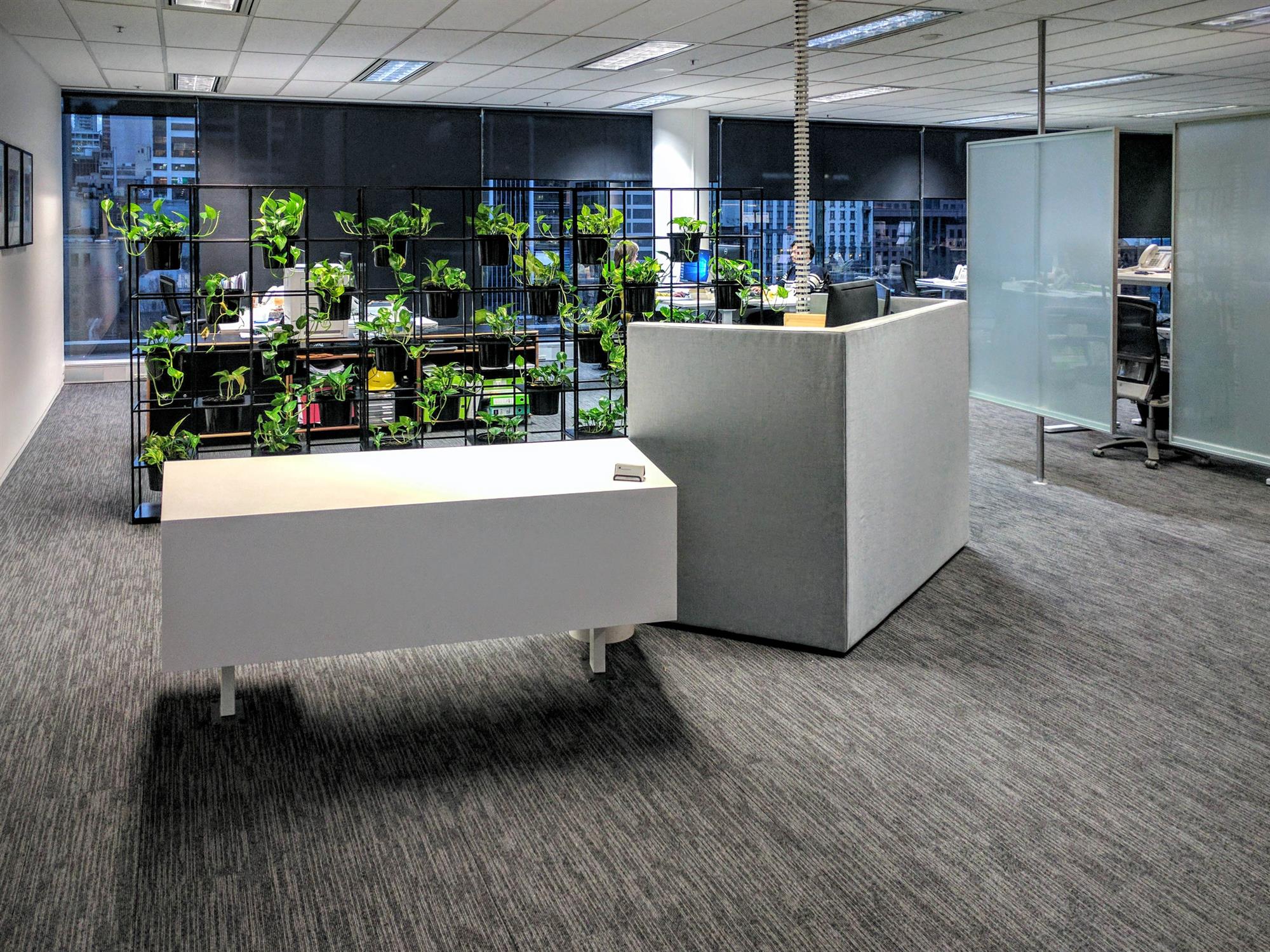What are your first thoughts when thinking of Japan? Outside of cherry blossoms, Mt Fuji, Sumo wrestling and temples, you probably thought of flashing lights, robots, fast trains and futuristic technology. I was lucky enough to see all of these during my recent trip to this beautiful country. When I mention fax machines; dot matrix printers; carbon paper; and filing cabinets, you probably have flashbacks of the ’80s and early ’90s, but this is where the two strange worlds of Japan collide. There is another side of Japan often not thought about by tourists or featuring in the newspaper headlines – that’s the technology and processes behind the scenes of Japan’s fast moving and heavily populated cities.
While in Japan I slowly began to notice that its key businesses rely on old practices. Train stations, police stations, post offices, government offices and road toll booths all involved double handling of work, often times with no computers or with technology that was considered obsolete by the rest of the world long before I started working at Fenwick Software.
While on holiday I didn’t really notice the effects of this, caught up in the euphoria of being in Japan, what happens behind the scenes doesn’t matter too much. However, I did notice longer wait times in some cases and hardworking employees who had to struggle with these antiquated technologies.
From a customer’s perspective, and I imagine for the locals, this would be frustrating, but even more so for the employees, who are held back every day being too busy on their manual processes to consider improvements. This didn’t detract from customer service entirely as it was alleviated by hiring more employees, every office and desk had twice the number of people than would normally be required, however these people could be used more effectively on customer service desks to cut queues and wait times.
Overall Japan has amazing household technology, cars and trains – a lot of which we could use in Australia to better our lives. It appears that the Japanese just have a different focus on their priorities for technology. Rather than taking the long term investment approach to improve business functions, they persevere with what they have. This could be a focus on short term financial goals, but I can’t help feel that eventually it will catch up with them.







